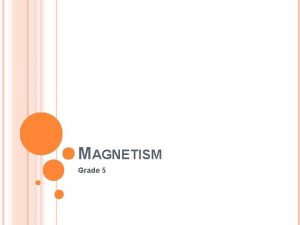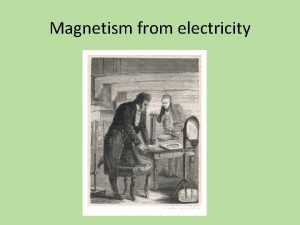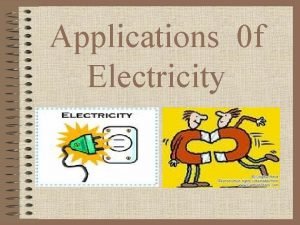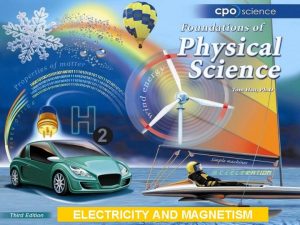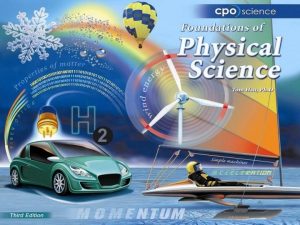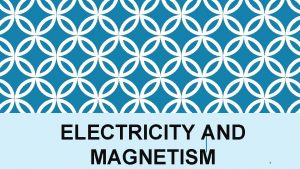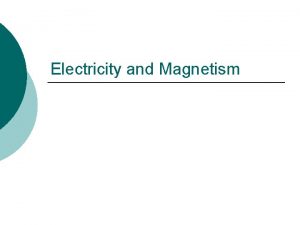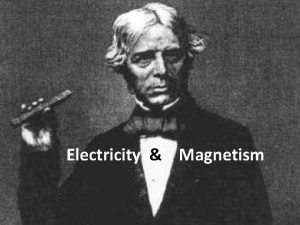Chapter TwentyTwo Electricity and Magnetism 22 1 Properties











- Slides: 11


Chapter Twenty-Two: Electricity and Magnetism Ø 22. 1 Properties of Magnets Ø 22. 2 Electromagnets Ø 22. 3 Electric Motors

22. 2 Electomagnets ØElectromagnets are magnets that are created when there is electric current flowing in a wire. ØThe simplest electromagnet uses a coil of wire wrapped around some iron.

22. 2 Right hand rule ØTo find the north pole of an electromagnet, use the right hand rule. ØWhen the fingers of your right hand curl in the direction of the wire, your thumb points toward the magnet’s north pole.

22. 2 Doorbells ØA doorbell contains an electromagnet. ØWhen the button of the bell is pushed, it sends current through the electromagnet.

22. 2 Building an electromagnet ØYou can easily build an electromagnet from wire and a piece of iron, such as a nail. ØWrap the wire in many turns around the nail and connect a battery.

22. 2 Building an electromagnet Ø There are two ways to increase the current in a simple electromagnet: 1. Apply more voltage by adding a second battery. 2. Add more turns of wire around the nail. Why do these two techniques work?

22. 2 Similarities in permanent and electromagnets Ø The charged electrons in atoms behave like small loops of current. Ø Electric current through loops of wire creates an electromagnet. Ø Atomic-scale electric currents create a permanent magnet.

22. 2 Magnetic materials Ø Atoms act like tiny magnets. Permanent magnets have their atoms aligned, creating the magnetic forces we observe.

22. 2 Magnetic materials Ø In iron, the atoms are free to rotate and easily align their individual north and south poles.

22. 2 Nonmagnetic materials Ø The atoms in nonmagnetic materials, like plastic, are not free to move or change their magnetic orientation.
 4 forces of nature
4 forces of nature Topic 5 ib physics
Topic 5 ib physics Electricity and magnetism lecture notes
Electricity and magnetism lecture notes Electricity and magnetism jeopardy
Electricity and magnetism jeopardy Sph3u electricity and magnetism
Sph3u electricity and magnetism Electromagnet experiment hypothesis
Electromagnet experiment hypothesis Intensity of magnetisation
Intensity of magnetisation Electricity and magnetism grade 5
Electricity and magnetism grade 5 Electricity and magnetism
Electricity and magnetism Electric fuse and circuit breaker graphic organizer
Electric fuse and circuit breaker graphic organizer Electricity and magnetism
Electricity and magnetism Electricity and magnetism
Electricity and magnetism







